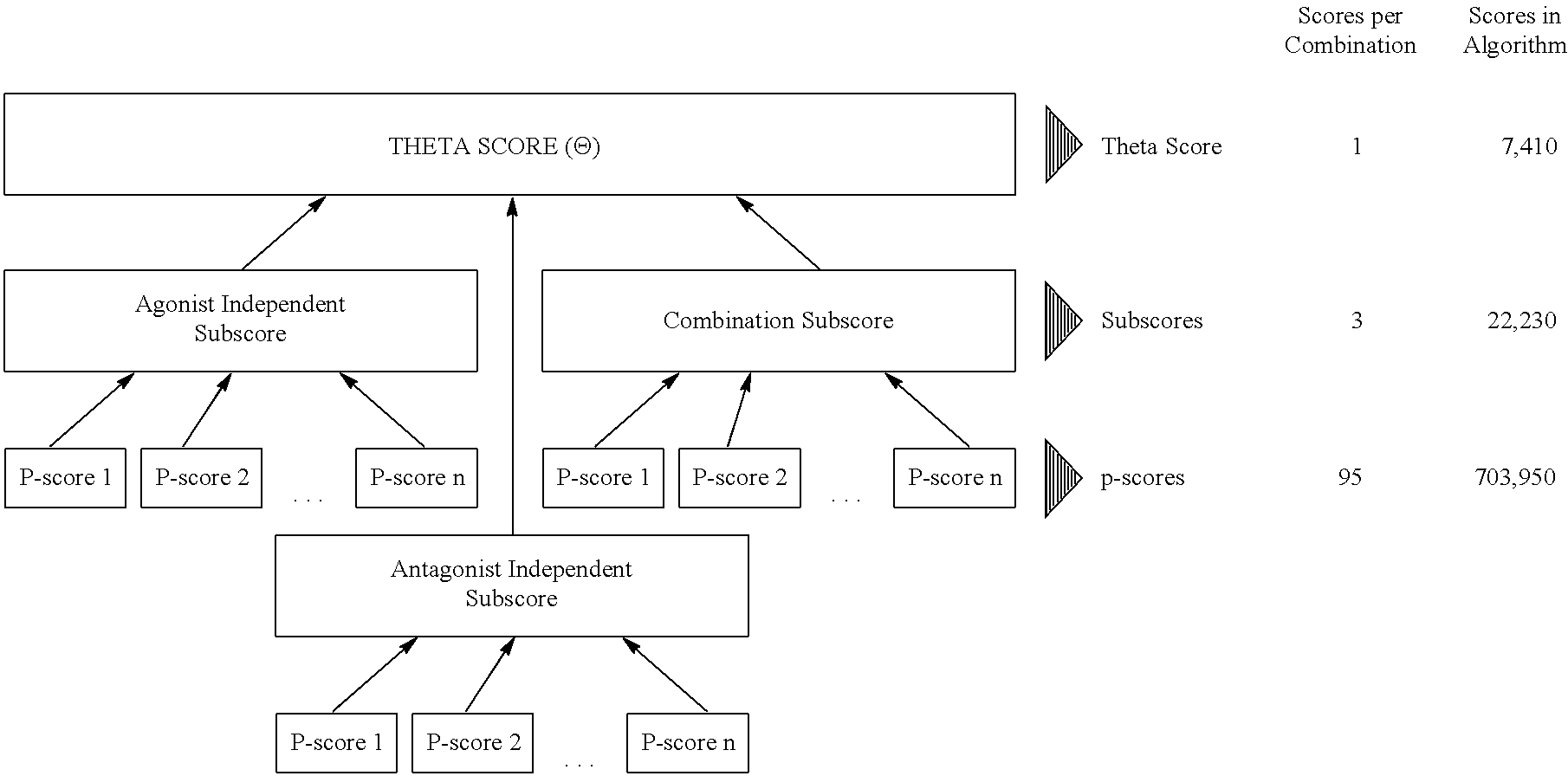Methods and compositions for treatment of disorders ameliorated by muscarinic receptor activation
a technology of muscarinic receptor and composition, which is applied in the field of methods and compositions for treating disorders ameliorated by muscarinic receptor activation, can solve the problems of not providing selection criteria, no one has been able to advance m1 and m4 muscarinic activators through clinical development, and the approach is highly limited. , to achieve the effect of reducing side effects and achieving a higher maximum tolerated dos
- Summary
- Abstract
- Description
- Claims
- Application Information
AI Technical Summary
Benefits of technology
Problems solved by technology
Method used
Image
Examples
example 1
[0124]In one example, the invention is a single capsule formulation containing 75 milligrams of xanomeline and 20 milligrams of trospium chloride. The capsule consists of a gelatin shell surrounding a fill material composed of the active compounds, a vehicle, a surfactant and a modifier. The vehicle is polyethylene glycol with a molecular weight in the range of from 500 to 10,000 Daltons and is 10% of the fill material by weight. The surfactant is polysorbate 80 and represents 0.1% by weight of the fill material. The modifier is fumed silica present at 0.25% by weight of the fill material. The total fill material represents 50% of the total capsule weight and the gelatin shell is 50% of the total capsule weight.
example 2
[0125]A second formulation is the capsule in Example 1 with an additional outer controlled release layer comprising an enteric material (material that is relatively insoluble in the acidic environment of the stomach). There are a variety of enteric materials known to one skilled in the art. For this specific formulation we use hydroxyethylcellulose which would compose 20% of total capsule weight.
example 3
[0126]A third example is a formulation prepared as in Example 2, with the capsule containing 225 mg of xanomeline and 60 milligrams of trospium chloride.
PUM
| Property | Measurement | Unit |
|---|---|---|
| time | aaaaa | aaaaa |
| molecular weight | aaaaa | aaaaa |
| rigidity | aaaaa | aaaaa |
Abstract
Description
Claims
Application Information
 Login to View More
Login to View More - R&D
- Intellectual Property
- Life Sciences
- Materials
- Tech Scout
- Unparalleled Data Quality
- Higher Quality Content
- 60% Fewer Hallucinations
Browse by: Latest US Patents, China's latest patents, Technical Efficacy Thesaurus, Application Domain, Technology Topic, Popular Technical Reports.
© 2025 PatSnap. All rights reserved.Legal|Privacy policy|Modern Slavery Act Transparency Statement|Sitemap|About US| Contact US: help@patsnap.com

